Where British Precision Meets Caribbean Soul
A Warm, Serious Fusion That Defies Genre Stereotypes
A Collaboration That Surprises, Then Stays
When two artists from opposite ends of the musical spectrum come together, the result often risks feeling experimental, uneven, or fleeting. But 44/876, the collaborative album from Sting and Shaggy, defies that expectation with grace and precision. It’s not a novelty or a genre stunt—it’s a fully realized, emotionally intelligent fusion of British songwriting and Jamaican rhythm. Pressed to vinyl, the album reveals its true character: warm, serious, and surprisingly cohesive.
Each track feels lived-in, each lyric deliberate, and each beat carries the pulse of two artists who’ve grown into their roles as cultural stewards. This is not the sound of reinvention—it’s the sound of refinement. The record doesn’t shout for attention; it earns it through craft, chemistry, and clarity. What could have been a playful detour becomes a lasting statement. 44/876 is a rare kind of collaboration—one that surprises you at first, then stays with you long after the needle lifts.
When Sting and Shaggy announced their collaborative album 44/876, the music world braced for something unexpected. The pairing of a British rock icon and a Jamaican dancehall legend seemed like a cultural collision waiting to happen. Yet what emerged was a serious, emotionally intelligent record that defied genre clichés. The vinyl edition, in particular, reveals the depth and warmth of their musical dialogue. It’s not a novelty project—it’s a fully realized fusion of two distinct traditions.
The album’s tone is celebratory but grounded, playful yet sincere. It doesn’t lean too heavily into British pop or Jamaican reggae, instead finding a middle ground that feels organic. The result is a listening experience that’s both refreshing and timeless. 44/876 is a testament to what happens when artists collaborate with mutual respect and shared vision.

The Vinyl Experience – Warmth, Clarity, and Craft
The vinyl pressing of 44/876 is a masterclass in analog fidelity. From the first groove, the sound is rich, warm, and immersive. Bass frequencies are deep and resonant without overpowering the mix. Highs are crisp and clean, allowing percussion and vocals to shine. The midrange is where the magic happens—vocals sit perfectly, guitars shimmer, and horns glide with clarity.
Unlike compressed digital formats, the vinyl allows each instrument to breathe. The mastering preserves dynamic range, giving the album a live, tactile feel. There’s no harshness, no sonic clutter—just a balanced, full-bodied soundscape. For vinyl enthusiasts, this record delivers everything they crave, warmth, depth, and emotional resonance. It’s a sonic experience that elevates the music beyond genre and into pure feeling.
Collaborative Layers – Distinct Contributions, Seamless Integration
One of the most compelling aspects of 44/876 is how clearly you can hear the fingerprints of each artist—and their respective teams—woven into the fabric of every track. Sting brings his signature melodic intelligence, harmonic depth, and lyrical introspection, often anchoring the songs with structured verses and subtle chord progressions. Shaggy, on the other hand, injects rhythmic vitality, vocal texture, and a streetwise charm that gives the album its pulse.
Their individual styles are never diluted, instead, they’re layered with care, allowing contrast to become cohesion. You can feel the influence of Sting’s longtime collaborators like Dominic Miller, whose guitar work adds fluidity and finesse, while Shaggy’s team—including producers like Sting International—infuses the tracks with authentic dancehall and reggae energy.
The result is a sonic dialogue, not a compromise. Each artist’s section feels intentional, yet the transitions are seamless. There’s no jarring shift from one style to another—just a continuous flow of ideas, shaped by two creative ecosystems working in harmony. Even the guest appearances, like Morgan Heritage and Aidonia, are integrated with precision, never feeling like add-ons. It’s a rare example of cross-team collaboration that respects individual voices while building something unified. The album doesn’t just sound like Sting and Shaggy—it sounds like their worlds meeting and evolving together.
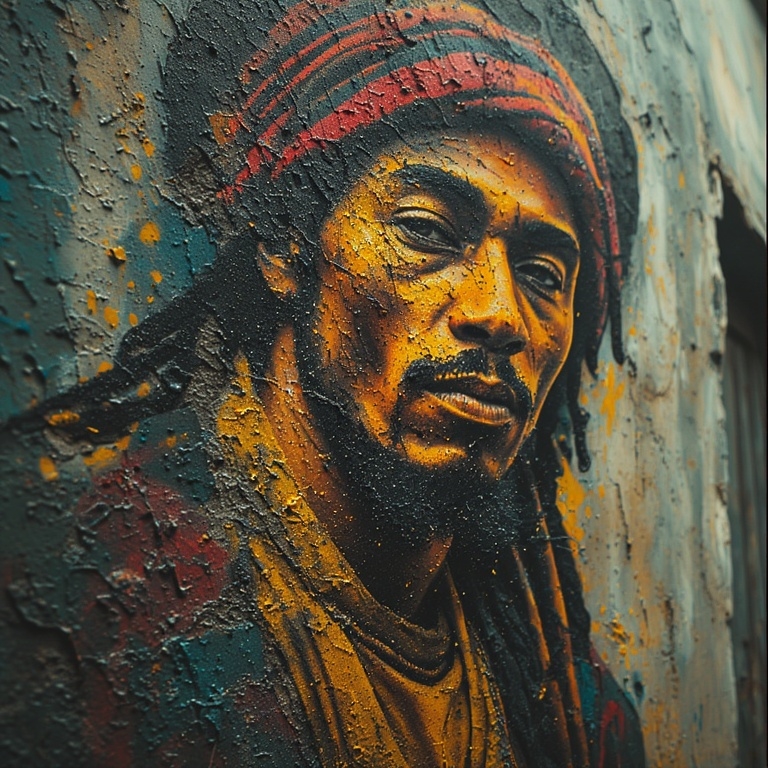
Stereo Perfection – A Spatial Masterpiece on Vinyl
The stereo recording of 44/876 is nothing short of immaculate. On vinyl, the spatial dynamics come alive, offering a wide, balanced soundstage that enhances every detail. Vocals are centered and intimate, while instruments are panned with purpose—guitars shimmer to the left, horns swell to the right, and percussion dances across the stereo field. The mix is never crowded; each element has room to breathe, creating a sense of depth and dimensionality that digital formats often flatten. You can close your eyes and feel the placement of each sound, as if the artists are performing in the room with you.
This clarity is especially noticeable in tracks like “Don’t Make Me Wait” and “Morning Is Coming,” where layered harmonies and rhythmic interplay are rendered with stunning precision. The stereo separation allows the listener to appreciate the interplay between Sting’s melodic lines and Shaggy’s rhythmic phrasing without overlap or muddiness. Even subtle production choices—like reverb tails, vocal doubles, and ambient textures—are handled with finesse. The mastering ensures that nothing is lost, even at high volume. It’s a recording that honors the architecture of sound, turning each track into a spatial experience. For audiophiles and vinyl purists, 44/876 is a textbook example of how stereo can elevate storytelling.
Vocal Chemistry – Precision, Warmth, and Perfect Balance
Sting and Shaggy’s vocal interplay is one of the album’s defining strengths. Their voices are distinct—Sting’s smooth, introspective tone contrasts beautifully with Shaggy’s rhythmic, gravel-edged delivery. Yet they never clash or compete. Instead, they complement each other with surprising elegance. Whether trading verses or harmonizing, their timing and phrasing are impeccable. The production ensures that every word is audible, every nuance preserved. Even in densely arranged tracks, the vocals remain clear and emotionally present. There’s a conversational quality to their exchanges, as if they’re telling stories together rather than performing separately. This vocal synergy adds depth and cohesion to the album. It’s a rare example of two artists from different worlds finding perfect harmony.

Title Track – 44/876 as a Symbolic Bridge
The title 44/876 is more than a name—it’s a symbolic map of the collaboration. “44” is the UK’s international dialing code, representing Sting’s heritage. “876” is Jamaica’s code, marking Shaggy’s roots. Together, they form a numerical bridge between two cultures. The title track opens the album with a vibrant celebration of this connection. Featuring Aidonia and Morgan Heritage, it blends reggae rhythms with pop melodies in a way that feels effortless. The lyrics reflect mutual admiration and shared identity, with references to homeland, heritage, and unity. It’s not just a musical fusion—it’s a cultural handshake. The track sets the tone for the album’s ethos, collaboration without compromise. It’s a declaration that music can transcend borders and build bridges.
Flow and Freedom – A Polished Jam with Organic Pulse
Even though 44/876 is a tightly produced album, it carries the spirit of a live jam session. The beats are infectious and fluid, with grooves that feel both intentional and improvisational. Tracks like “Morning Is Coming” and “Waiting for the Break of Day” showcase rhythmic layering that’s precise yet relaxed, allowing the music to breathe. The arrangements are clean, but never rigid—there’s a looseness in the phrasing, a conversational rhythm that evokes the feel of two artists riffing in real time. This duality is part of the album’s charm, it’s sonically refined, yet emotionally free.
The production team—Sting International and Martin Kierszenbaum—crafted each track with clarity and control, but they also left room for spontaneity. Horns slide in and out with playful timing, percussion shifts subtly across verses, and vocal ad-libs add texture without clutter. It’s a rare balance, the album sounds like it was built in a studio, but lived in a rehearsal room. That sense of flow gives 44/876 its warmth and accessibility. It invites listeners not just to hear the music, but to feel part of it. The result is a record that’s both architected and alive—a polished work with a pulse that never feels programmed.
Roots and Resonance – A Lifelong Love Affair with Reggae
Sting’s relationship with reggae is longstanding and sincere. From his early days with The Police, Caribbean rhythms have shaped his songwriting. Tracks like “Walking on the Moon” and “Love Is the Seventh Wave” show his deep appreciation for the genre. Shaggy, on the other hand, has lived reggae from the inside out. His global hits brought dancehall and lovers rock to mainstream audiences. 44/876 is the first full-length collaboration of his career, and it reflects his commitment to authenticity. Together, they explore reggae’s many facets—roots, dub, ska, and fusion. The album doesn’t imitate; it honors. Their shared love for the genre is evident in every groove and lyric. It’s a celebration of reggae’s emotional and cultural power.
Production and Personnel – Behind the Sound
The album’s production is handled by Sting International and Martin Kierszenbaum, both veterans in their fields. Their approach is meticulous, balancing polish with spontaneity. The instrumentation is rich and varied, featuring guitar, horns, keys, and percussion from top-tier musicians. Each track is arranged with care, allowing space for vocals and rhythm to coexist. The sound design avoids overproduction, preserving the organic feel of live performance. Background vocals, dub effects, and acoustic textures add depth without distraction. The engineering ensures clarity across all frequencies, especially on vinyl. The result is a record that feels handcrafted, not manufactured. It’s a sonic landscape that supports the emotional and lyrical content. Every detail serves the music’s message and mood.
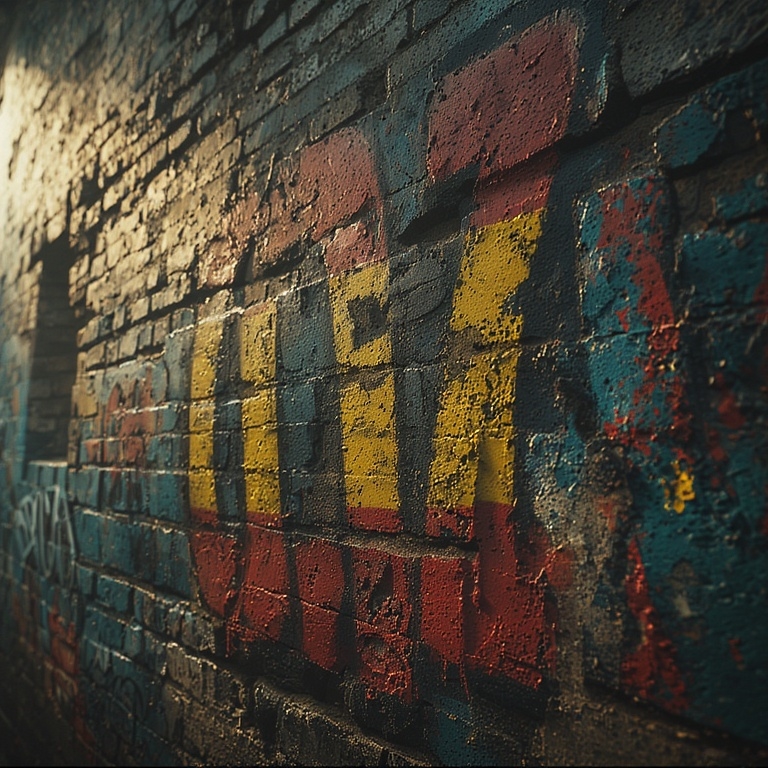
Timeless Appeal – Built to Last Beyond Trends
44/876 is not an album that will date easily. Its strength lies in its refusal to chase fleeting trends or mimic contemporary production gimmicks. Instead, it draws from foundational genres—reggae, pop, soul, and rock—that have proven their longevity across decades. The songwriting is rooted in narrative clarity and emotional intelligence, not ephemeral slang or disposable hooks. Sting and Shaggy lean into their strengths as storytellers, crafting lyrics that resonate regardless of era. The instrumentation is organic and versatile, with arrangements that feel classic rather than calculated.
Even the production choices—warm analog textures, live instrumentation, and dynamic mixing—contribute to its timelessness. There’s no reliance on auto-tune, synthetic beats, or genre fads that might age poorly. The album’s themes—love, justice, identity, and joy—are universal and enduring. It’s a record that can be revisited years from now without losing its emotional or sonic relevance. In a musical landscape often driven by immediacy, 44/876 stands as a slow-burning, lasting work—one that invites repeated listening and rewards long-term engagement.
Artistic Growth – From Icons to Ultimate Pros
44/876 is more than a showcase of musical chemistry—it’s a reflection of how two artists have evolved into masters of their craft. Sting, once known for his sharp-edged vocals and punk-inflected songwriting with The Police, has spent decades refining his sound into something more expansive and emotionally layered. His solo work has explored jazz, classical, and world music, always with a focus on lyrical depth and melodic sophistication. Shaggy, whose early hits brought dancehall to global audiences, has matured into a thoughtful storyteller and cultural ambassador for reggae. His voice, once synonymous with playful bravado, now carries nuance and emotional weight.
This album captures both artists at a point where ego has given way to artistry. Their collaboration is built on mutual respect, not competition. There’s a quiet confidence in how they trade verses, support each other’s phrasing, and let the music lead. They’re not trying to reinvent themselves—they’re showing how far they’ve come. The tone of the album reflects this maturity, it’s relaxed but intentional, joyful without being superficial. They’ve learned to trust the process, to let simplicity carry meaning, and to prioritize connection over spectacle. 44/876 is the sound of two professionals who’ve grown into their roles as cultural stewards, crafting music that feels lived-in, honest, and enduring. It’s not just a collaboration—it’s a culmination.
Storytelling with Simplicity – Statements That Stay Grounded
Each track on 44/876 carries its own story, but the album never veers into overwrought complexity or heavy-handed messaging. Sting and Shaggy are both seasoned storytellers, and they know how to deliver lyrical statements with clarity and emotional resonance. Whether it’s the romantic longing in “Don’t Make Me Wait,” the playful courtroom metaphor in “Crooked Tree,” or the reflective optimism of “Just One Lifetime,” the songs speak directly without losing depth. The narratives are vivid but never convoluted—accessible to casual listeners and rewarding for those who dig deeper.
There’s a conversational tone throughout the album, as if the artists are sharing lived experiences rather than preaching or posturing. Even when touching on social themes—immigration, justice, identity—the lyrics remain grounded and human. The emotional weight is carried by melody and phrasing, not by abstract rhetoric. This restraint is part of the album’s charm, it invites reflection without demanding interpretation. The stories unfold naturally, supported by rhythm and harmony. It’s a lyrical approach that respects the listener’s intelligence while keeping the music emotionally open and inclusive.
Themes and Messages – Love, Justice, and Joy
44/876 isn’t just about sound—it’s about substance. The lyrics explore themes of love, identity, immigration, and social justice. “Dreaming in the U.S.A.” reflects on the immigrant experience with hope and critique. “Just One Lifetime” celebrates the fleeting beauty of existence. “Crooked Tree” uses courtroom metaphor to explore guilt and redemption. There’s humor, but it’s never shallow. The album balances lightness with depth, offering commentary without preaching. Sting and Shaggy both bring personal histories to the table, enriching the narrative. Their lyrics are poetic yet accessible, layered yet direct. The messages resonate across cultures and generations. It’s an album that invites reflection as much as enjoyment.
Continued Collaboration – New Songs and Future Promise
Following 44/876, Sting and Shaggy continued to work together. They performed at festivals, appeared on talk shows, and released new singles. Tracks like “Gotta Get Back My Baby” and “Just One Lifetime” extended their creative dialogue. While no second album has been confirmed, studio sessions suggest more music is in development. Their chemistry remains strong, both on stage and in the studio. Fans have expressed hope for a follow-up that builds on the first album’s strengths. The duo’s continued partnership defies expectations and genre boundaries. It’s a rare example of sustained artistic collaboration across cultures. If future releases maintain the same emotional and sonic integrity, they’ll be worth the wait. The story of 44/876 may just be the beginning.

Reception and Legacy – A Bold, Boundary-Breaking Statement
Upon release, 44/876 received mixed but intrigued reviews. Critics praised its charm, sincerity, and genre-blending ambition. The album won the Grammy for Best Reggae Album in 2019, cementing its impact. It challenged assumptions about cross-cultural collaboration. Some saw it as a novelty; others recognized its depth. Over time, its legacy has grown, especially among vinyl collectors and fusion enthusiasts. It’s now viewed as a blueprint for respectful musical partnership. The album’s success opened doors for future collaborations across genres. It proved that artistic risk can yield meaningful results. 44/876 stands as a testament to creative courage and cultural connection.
Final Thoughts – A Vinyl Worth Owning
44/876 is more than a record—it’s a ritual. On vinyl, it becomes a tactile, emotional experience. The warmth of analog sound enhances the album’s lyrical and melodic depth. It’s a serious work, not a side project. The songs are crafted with care, the performances sincere. It avoids the pitfalls of genre fusion—no gimmicks, no dilution. Instead, it offers a mature, joyful, and resonant listening journey. For collectors, it’s a must-have. For fans of Sting, Shaggy, or reggae-pop fusion, it’s a revelation. It’s a vinyl that rewards repeated listening and deep engagement.
Join the Discussion – Share Your Vinyl Vibes
Have you experienced 44/876 on vinyl? What tracks moved you, surprised you, or stayed with you? Let’s explore the textures, stories, and sonic choices that make this album unique. Whether you’re a longtime fan or a curious newcomer, your insights matter. This isn’t just a review—it’s a conversation. Music lives through dialogue, and this album invites it. Use the hashtags below to keep the rhythm going. Let’s build a community around sound, story, and symbolic connection.
#44876Vinyl #StingAndShaggy #BritishReggaeFusion #VinylWarmth #MusicWithoutBorders #SeriousSound







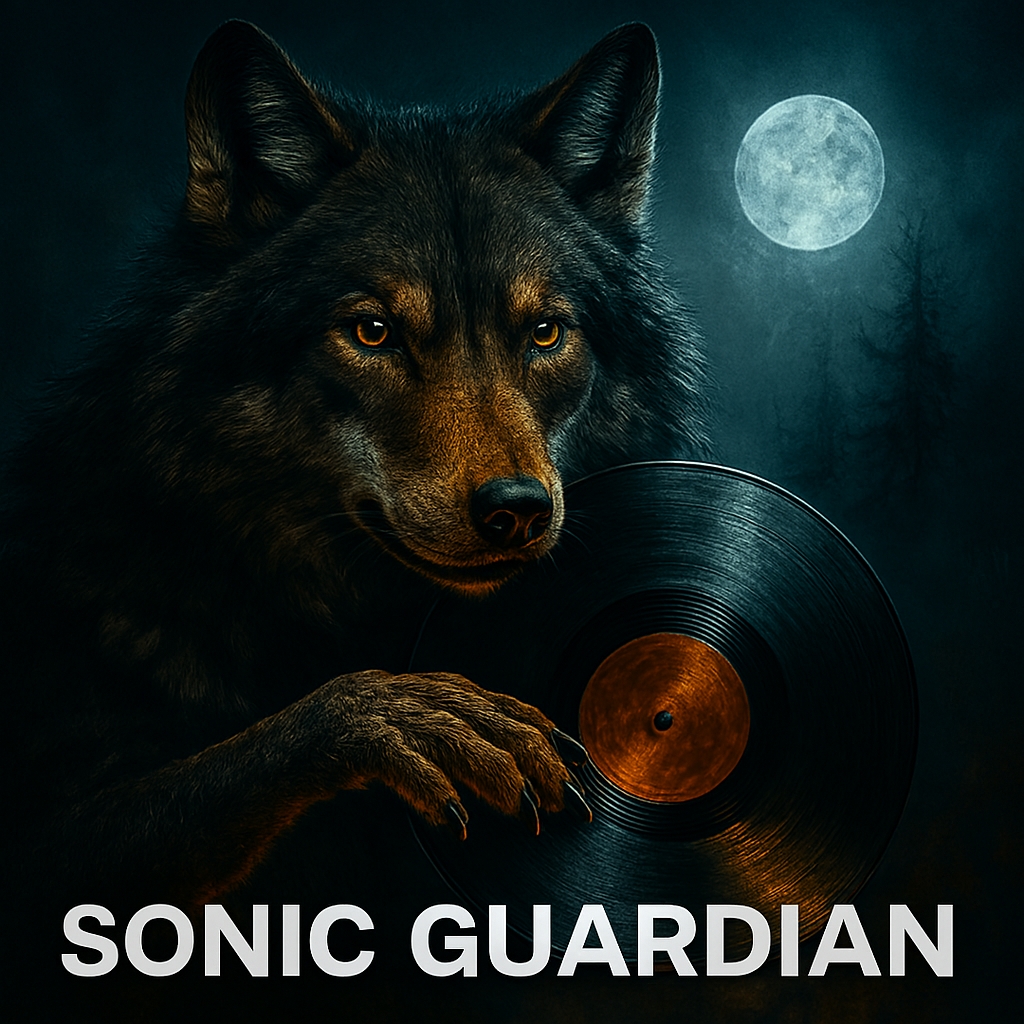



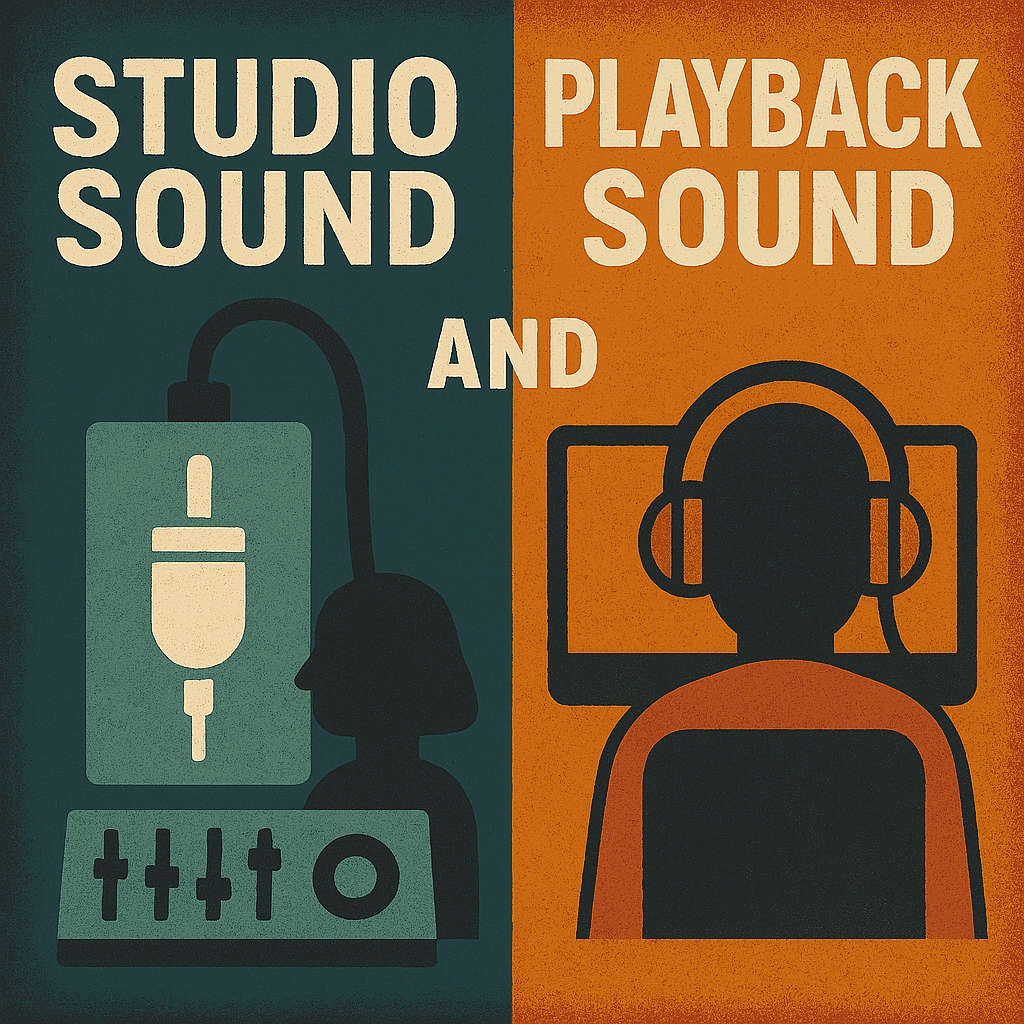
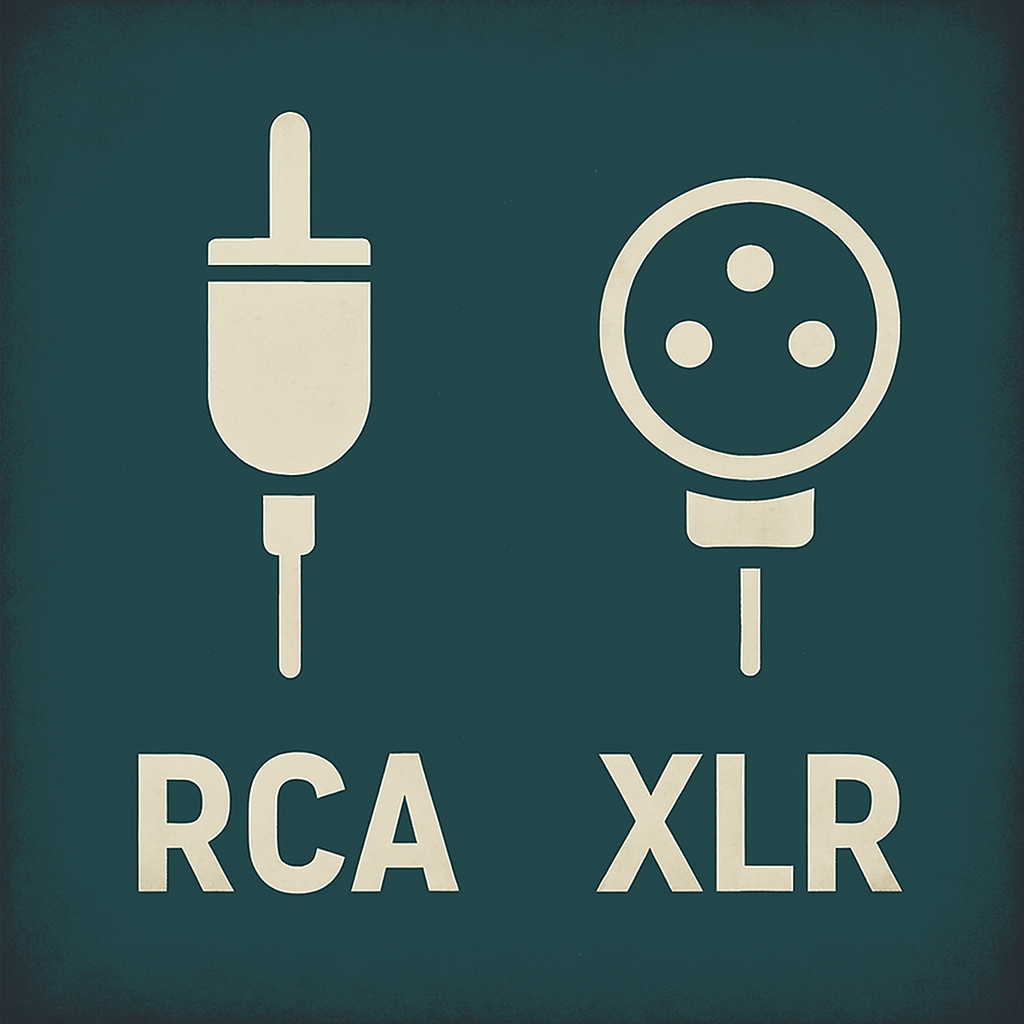


Leave a Reply